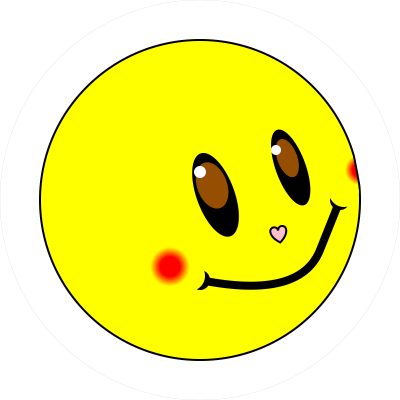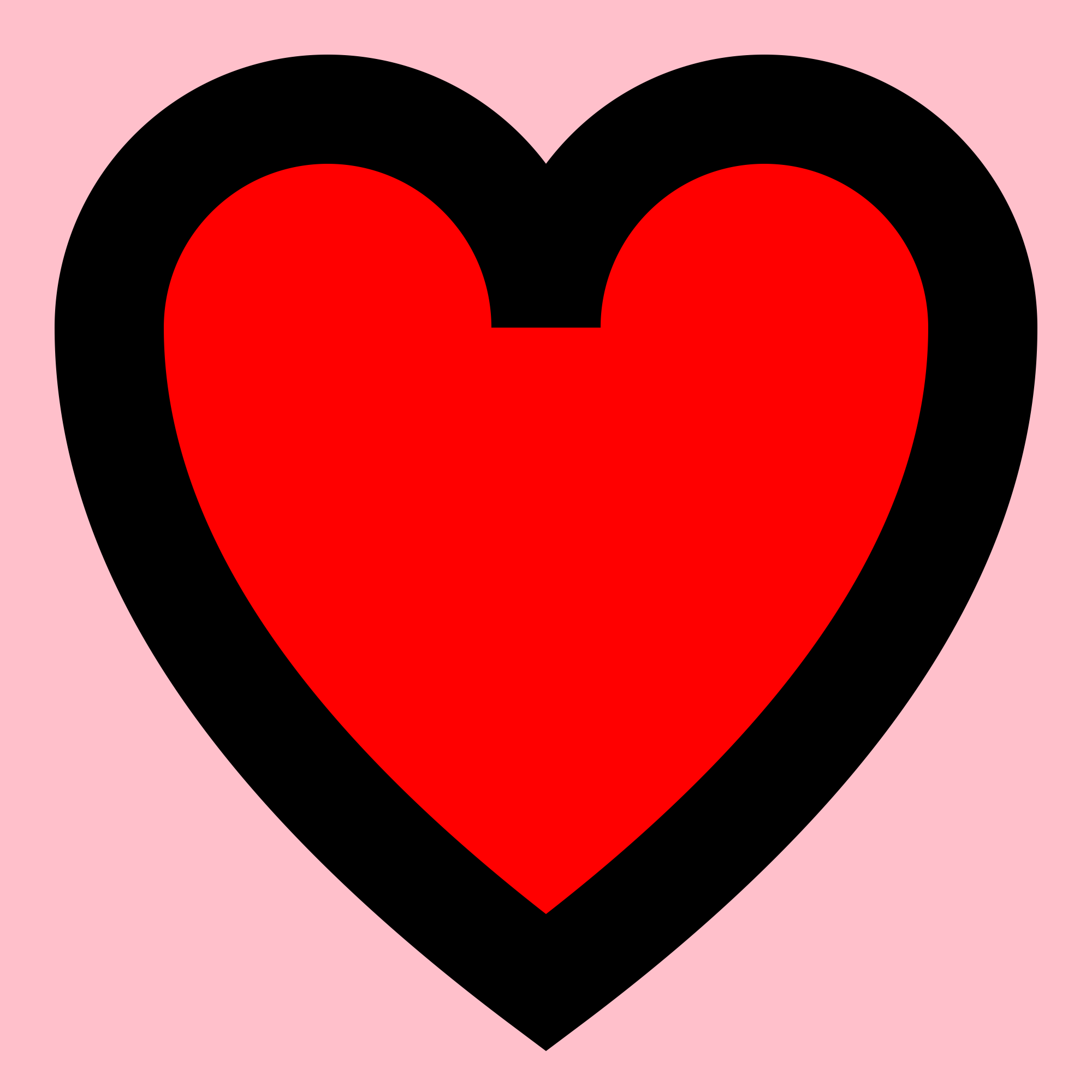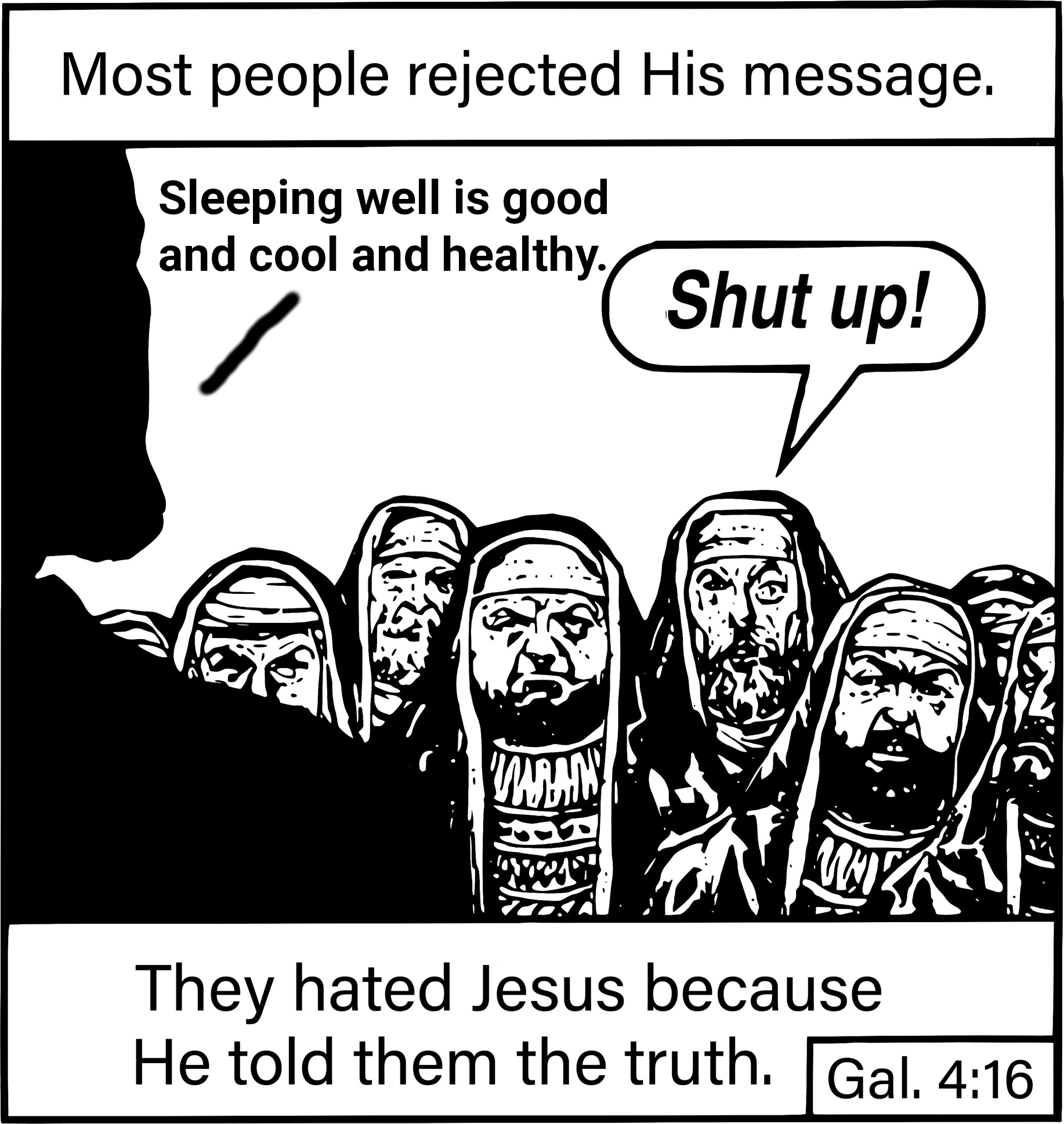

It’s good to have options. This app isn’t about perfect, it’s about good enough. I will admit that I do wish that I had spent a few more days researching this project prior to launching it, but I nevertheless feel reluctant to file this one as a mistake. Soon, I will have obligations to hold up, and I plan on doing my best. I feel that I can serve a community of users who may be suffering from a range of sleep disorders or perhaps mental or physical illnesses, who may benefit from multi-night polysomnography, but cannot afford to acquire such hardware, or even more unobtainable, the expertise of a technician. I’m someone who already does fall into this category. As such, I want to do as much as possible, with as little as possible.
Breath tracking (respiration) via amplification, noise filtering and then multi-band-pass filtering incoming audio data from the microphone is a huge trove of data already. The hard part of that will be listening for changes in the volume of breathing, which is very significant data.
Maybe one day, I will create a DIY free software type whatever polysomnograph, but that’s likely going to cost people a lot of money to make themselves.
The primary benefit of a real sleep study is that a technician interprets your data. In both this case and the fictional DIY kit, the data is interpreted for you automatically via software. The primary drawback is accessibility, cost, and the requirement of a technician.
EEG is reserved for type 1 tests, which are the absolute best, but don’t really make practical sense to me as a mobile phone app. Those who need a type 1 test may benefit from an actual DIY kit, but then this only makes sense if the user doesn’t have public healthcare coverage, and the kit isn’t likely to benefit the user past night one unless they’re using it for therapy, and if they are, they’re definitely going overkill.
Again, my focus is on utilizing existing hardware, and replacing the need for a tech. Give everyone a sub-par but universally accessible option, completely free.




Oh, no haha. That would be pretty neat though.
I think you’ll come to understand and appreciate it once I implement it. The crux of the app is that it mostly is responsible for tracking data over multiple sleeps, both subjective and objective. As a mere data tracker and interpreter, it doesn’t “beat” a wristband monitor, it actually complements them, because they can be paired together, but this is a feature that wont be added until later on.
Depending on the wristband, in my experience, the data isn’t always reliable. The Pinetime is much better than it used to be. Some wristbands track more than just pulse even, also tracking oxygen saturation, which is very handy.
Step one is just tracking useful user-provided data points. Step two is respiration tracking via the mic, by far the most useful feature in my opinion. While it’s only one metric, and it can be messed with, and the quality isn’t always perfect, the amount of inferred data is huge. Step three will be getting the accelerometer going, which I don’t think is too useful for me, but it’s a highly requested feature. The trick isn’t to strap it to yourself, but to let it rest on your bed with you. The phone moves when you do. You may also put it in your pocket, but I don’t think I’d recommend that because you’ll definitely want to keep it connected to a charger. The (sum of the absolute value of the) little jiggles it’ll detect can always be scaled up and down, or weighted differently on a per-user basis. Step four, getting paired hardware online. Step five, (with extra funding), might involve actually researching the hardware and techniques used in sleep analysis, building a type whatever-I-can-afford DIY kit, and optimizing how well the app works overall when working with clinical data/hardware.
One last thing, if you don’t already own a smartwatch and cannot afford one but want to track sleep data, but you do own a mobile Linux phone, then it makes far more sense to either track your metrics yourself via pencil and paper, or plug some data into a tracking app.